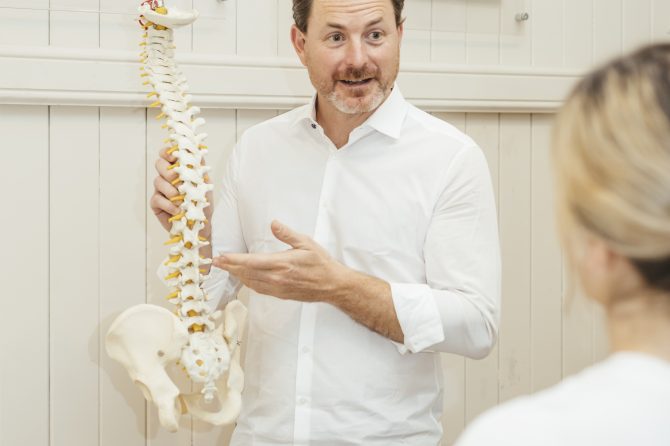SCOLIOSIS
Scoliosis is a condition that can affect people of all ages and backgrounds. Whether you are a child,
teenager or adult, scoliosis can impact your physical health, emotional well-being and overall quality
of life.
There are two different types of scoliosis. Any curve in your spine which is to the side is considered
a scoliotic cure. The word literally describes sideway curving of the spine, whether it’s 3 degrees or
20 degrees. There is a difference between a scoliotic curve and the condition ‘scoliosis’ or clinical scoliosis. Clinical scoliosis is most often diagnosed when the degree of the curve exceeds about 12 degrees. This is when the curve can begin to really affect body movements, posture and perhaps cause pain.
STRUCTURAL SCOLIOSIS
Structural scoliosis is a type of scoliosis that is caused by the shape of the bones. Some bones
become wedged on one side, causing the above vertebrae to develop on a sideways. By using
different techniques, Chiropractic care may help to increase point movement and range of motion.
However, chiropractors cannot change the shape of bones or the alignment of the spine.
FUNCTIONAL SCOLIOSIS
Functional scoliosis occurs when your posture is such that your spine curves sideways. This form of
scoliosis may be as a result of asymmetrical activities. These activities may include:
- Working in a factory where the activity is repetitive and involves one movement from one
side to the other side of the body - Driving a manual transmission with a heavy clutch over and over again for many years
- Playing sport which involves the repetitive use of one side of the body over the others
(eg. Badminton, as you can only use one arm)
Such activities can build muscles asymmetrically leading to a change in postural habits where a lean to one side can cause sideways or scoliotic curving of the spine.
HOW DOES CHIROPRACTIC CARE HELP
A chiropractor may be able to help treat functional scoliosis by using different techniques. These
include spinal manipulation, mobilisation or soft tissue techniques and rehabilitation exercises and
stretches.
Spinal manipulation
Adjustments mostly involve short, fast push to a specific area of the spine to move it in the direction
it is most restricted in. This may be an effective way to increase range of motion – which is often
restricted in people with scoliosis.
Mobilisation or soft tissue techniques
Mobilisation or some soft tissue techniques to assist in increasing range of motion.
Rehabilitation exercises and stretches
These exercises are designed to help your own body hold itself in the properly aligned position.
Before treatment can begin, a chiropractor needs to determine the type of scoliosis by doing a
thorough history, physical examination and posture analysis. X-rays may be recommended to see
the angle of the scoliosis and determine the best treatment approach.
Leave a reply

